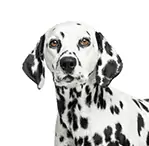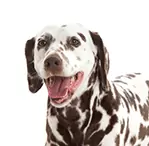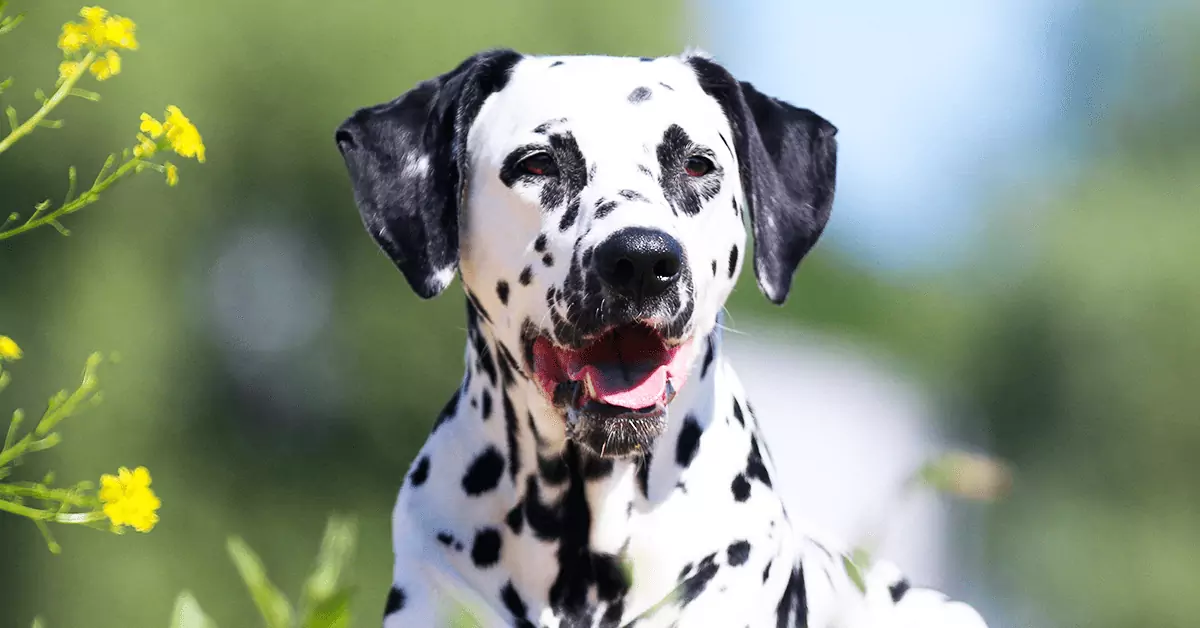
Meet the Dalmatian
Daring Doggo
High Doggy I.Q.
Pawfect Playmate
My Many Looks
My Breed Characteristics
Furbulous Fact
As I Grow Up
History of My Breed
Care Tips
Training Tips
Personality
Intelligent
Brave
Goofy
Group
Non-sporting
Origin
Croatia
Life Span
11-13 years
Breed Popularity
#51 of 193
Height Range
19-24 Inches
Weight Range
45-70 Pounds
Coat Details
Type
Short
Texture
Sleek
Features
Dirt-proof, Odorless
Colors
White + Black or Liver spots
Hypoallergenic
Cost to Buy
$450-$1,200
Lifetime Care Cost
$21,640
My Many Looks
My Breed Characteristics
Furbulous Fact
As I Grow Up
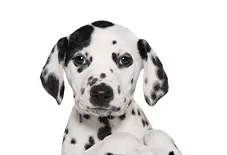
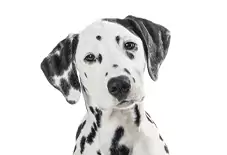
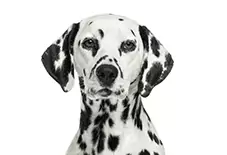
History of My Breed
Care Tips
from Dr. Jessica Greenberg, Associate VeterinarianDeafness is common in Dalmatians so make sure you use a reputable breeder.
Complete and unilateral deafness are both significantly more common in Dalmatians compared to other breeds. This is related to genetic predisposition so make sure you understand the history of your dog if you’re going through a breeder.
Dalmatians may need a special diet to manage uric acid.
Dalmatians are prone to elevated uric acid in the blood which can lead to kidney stones or gout. Work with your veterinarian to monitor uric acid levels and come up with a plan to keep your Dalmatian healthy.
Look out for irritation in your Dalmatian’s eyes as this could be a sign of entropion.
Entropion occurs when part of the eyelid is turned inward, which causes the eyelashes to rub and irritate the eye. Dalmatians can be more prone to this condition and it can typically be diagnosed in puppies under 1 year. Entropion requires surgery to repair.
Training Tips
from Dr. Jessica Greenberg, Associate VeterinarianGive your Dalmatian a job to do.
Dalmatians love to work and respond well to tasks, so give them plenty of stuff to do. This can be as simple as giving them a toy and instructing them to hold it while you eat dinner, or as extensive as putting them in agility training. Giving them a job reinforces their role in the house and will keep them on their best behavior.
Be a consistent leader.
Dalmatians can be stubborn dogs, which can make them difficult to train. You need to be a strong, confident, consistent trainer. Once you start teaching your pup a command, don’t stray away from what the command truly means. If you teach them how to sit, don’t reward them if they’re only half-sitting. Only give rewards and praise when the command is done perfectly, or else they’ll continue to push boundaries.
Don’t train your puppy to jump on people.
Sometimes, owners inadvertently train their dogs to jump on people. It’s cute when a tiny, polka dotted puppy jumps while they’re young, but soon they’ll be much bigger and jumping will become a problem. When your Dalmatian puppy jumps on you, ignore them entirely and turn your back to them. After they calm down, you can continue what you were doing before.
My Many Looks
My Breed Characteristics
Furbulous Fact
As I Grow Up
History of My Breed
Care Tips
Training Tips
-
Personality
Intelligent
Brave
Goofy
-
Group
Non-sporting
-
Origin
Croatia
-
Life Span
11-13 years
-
Breed Popularity
#51 of 193
-
Height Range
19-24 Inches
-
Weight Range
45-70 Pounds
-
动物皮毛
Type
Short
Texture
Sleek
Features
Dirt-proof, Odorless
Colors
White + Black or Liver spots
-
Hypoallergenic
-
Cost to Buy
$450-$1,200
-
Lifetime Care Cost
$21,640
